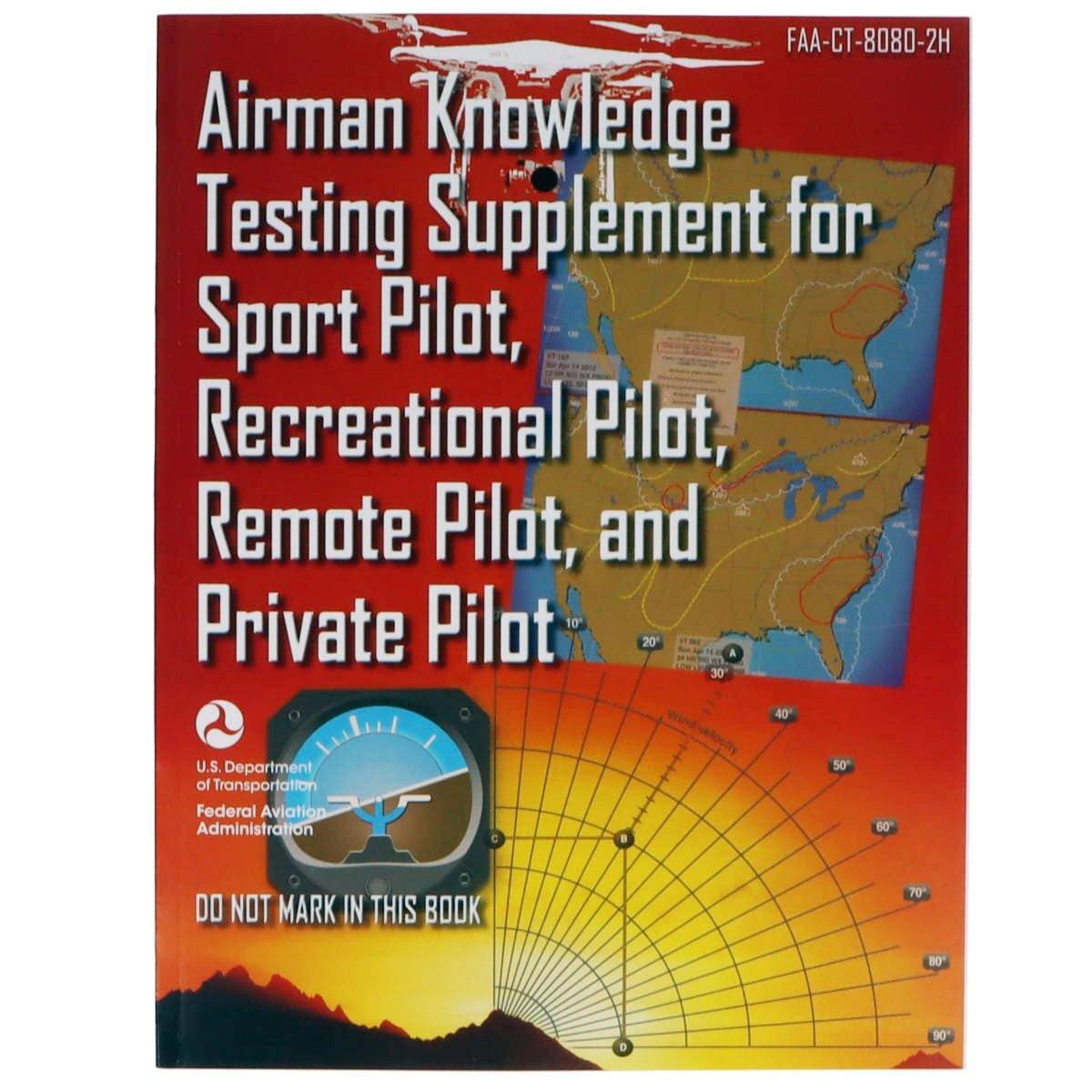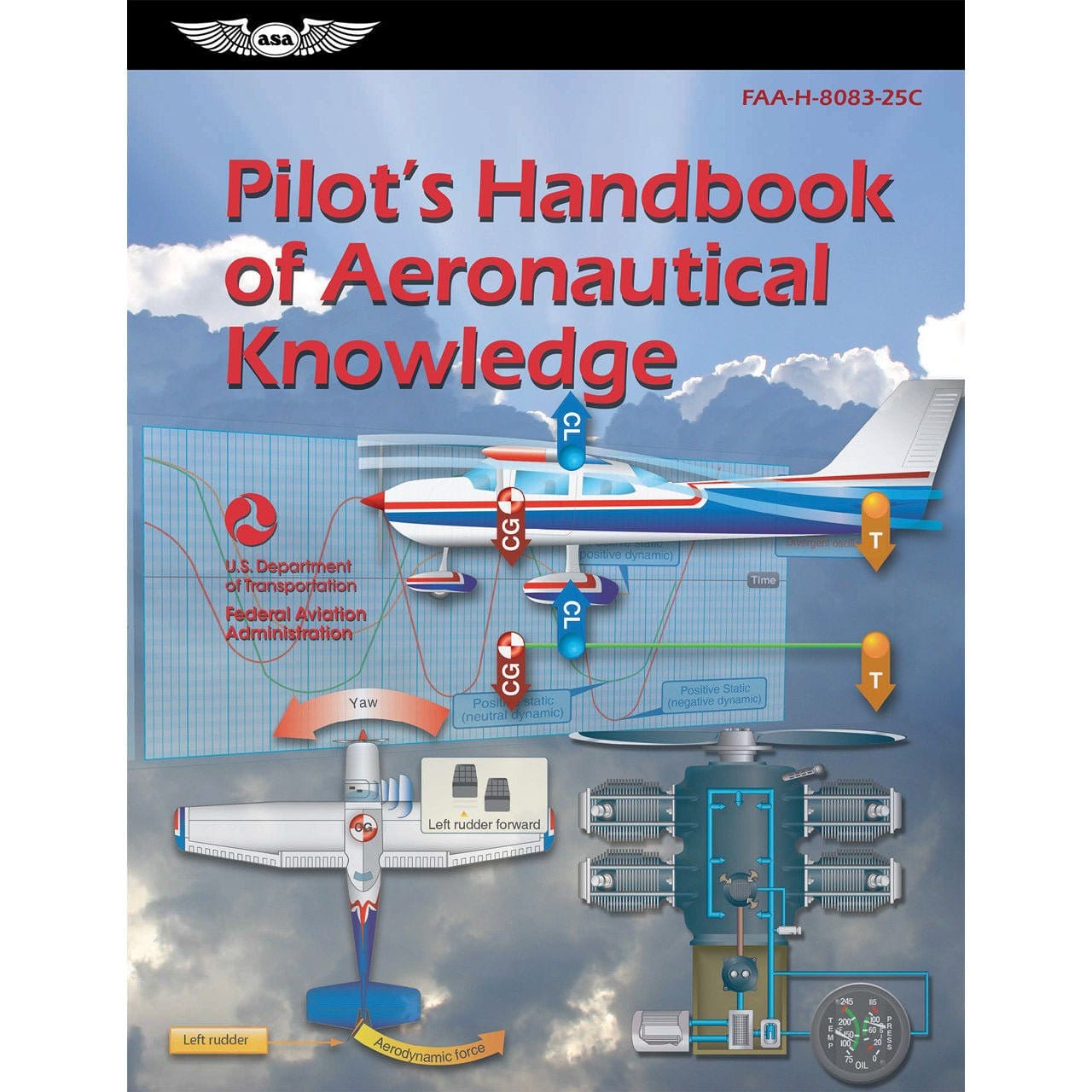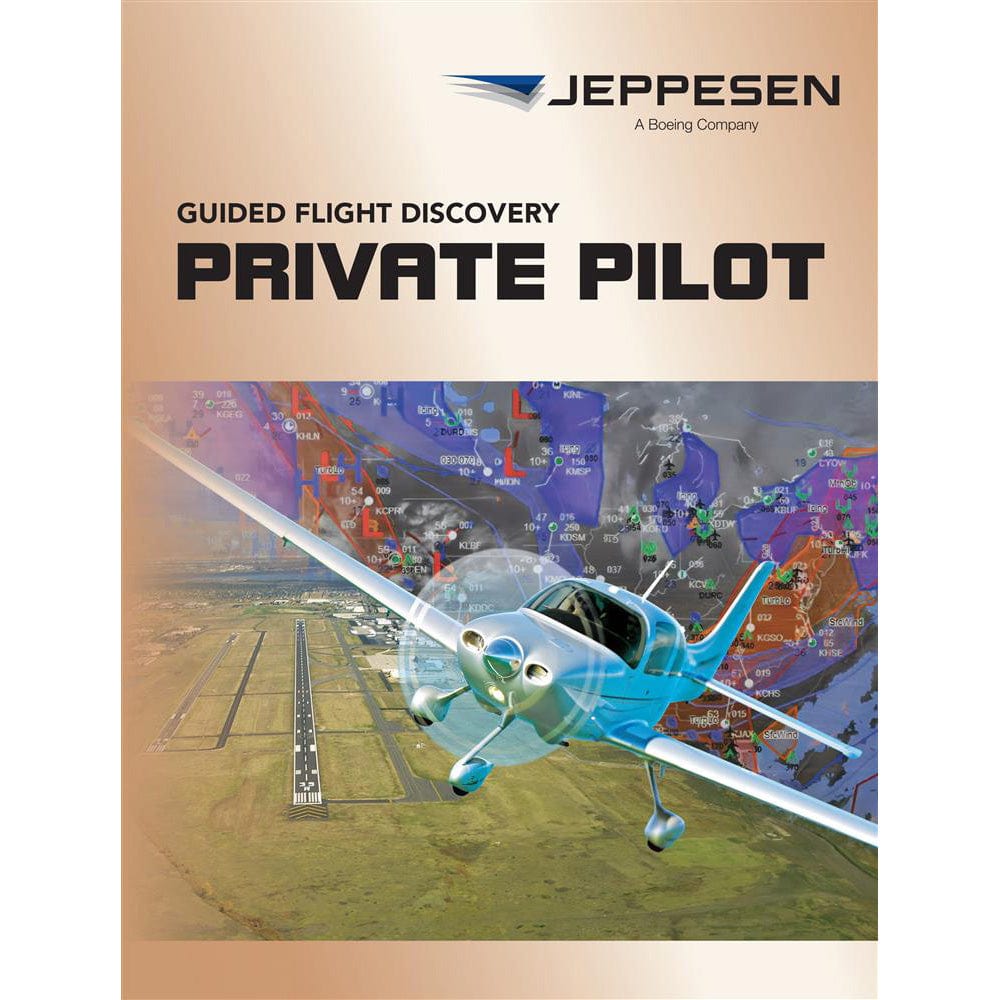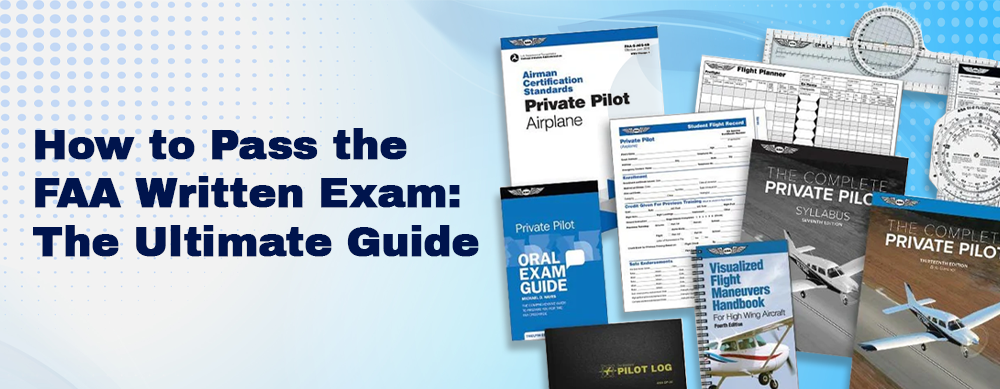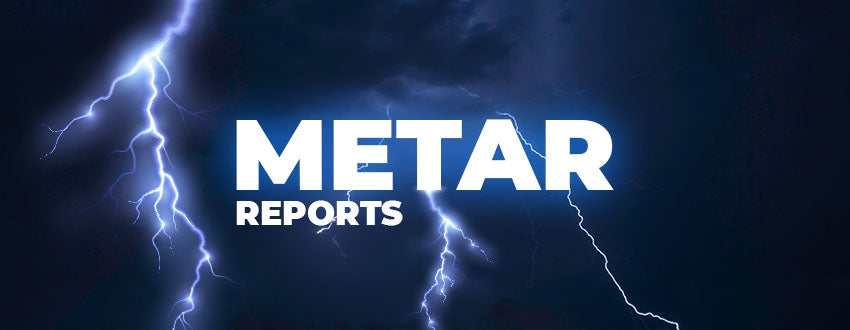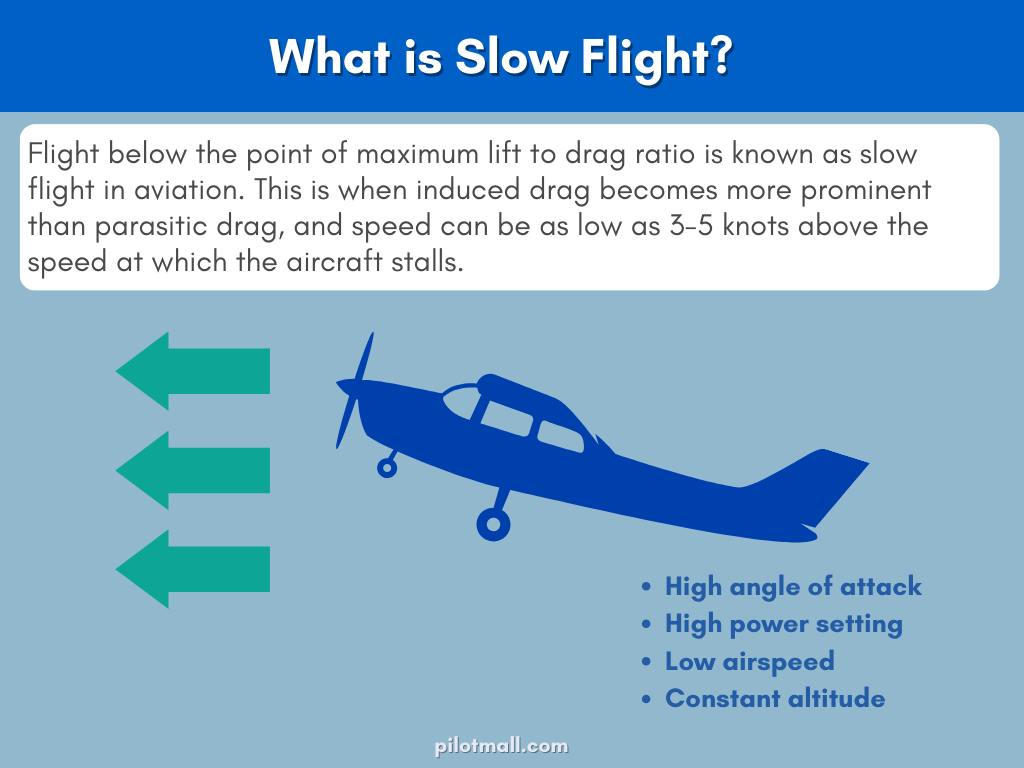 What is slow flight?
What is slow flight?
There has been a subtle but important shift in the definition of slow flight since 2018. Prior to 2018, the Federal Aviation Administration (FAA) considered slow flight to be an airspeed at which any further increase in angle of attack, increase in load factor or a reduction in power would result in an immediate stall.
The updated slow flight definition is an airspeed at which any further increase in angle of attack, increase in load factor or a reduction in power setting would result in a stall horn warning.
Thus, speed is lower than the maximum endurance speed for your aircraft and above the stall warning speed for the flight conditions. Slow flight occurs inside the performance envelope, but on the back side of the power curve.
The new definition makes slow flight speed today slightly faster than it was pre-2018.

What is the purpose of slow flight?
Slow flight training and practice is useful because it helps pilots to develop finesse and the ability to pilot the aircraft during slow speed maneuvers which are inherently more challenging. During slow flight you will find that more power is required to maintain straight and level flight at low airspeeds.
According to the FAA’s Private Pilot – Airplane Airman Certification Standards, the official objective of practicing and testing on slow flight maneuvers is “to determine that the applicant exhibits satisfactory knowledge, risk management, and skills associated with maneuvering during slow flight.”
Slow flight is designed to help pilots develop an understanding of the aerodynamics of slow flight including the relationship between:
- Angle of Attack
- Airspeed
- Load factor
- Power setting
- Airplane weight and center of gravity
- Airplane attitude
- Yaw effects
 The aerodynamics of slow flight
The aerodynamics of slow flight
When in slow flight, it’s important to realize that small control inputs have disproportionally large impacts on induced drag and airspeed. Your use of pitch and power will also need to change when you transition to slow flight.
During normal cruising flight, you use pitch to control altitude and power to control airspeed, but when flying in slow flight, these inputs are reversed.
Pitch becomes a better controller of airspeed and power helps maintain altitude. The reason for this is the dramatic increase in induced drag that occurs as you increase your angle of attack to maintain lift in slow flight.
In slow flight, you will also experience speed instability. Thanks to the increased drag, your airspeed will continually decrease if you don’t compensate with the controls.
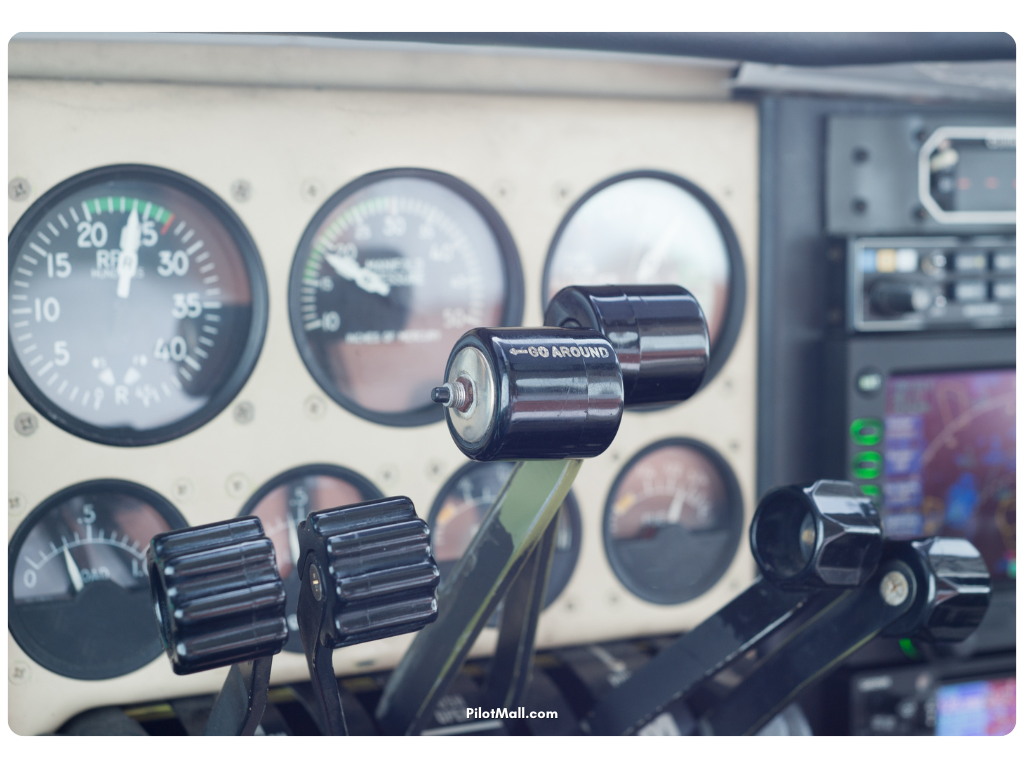
How to practice the slow flight technique
During flight training, your flight instructor will walk you through setting up for and entering slow flight. You will then be asked to perform a series of maneuvers in slow flight conditions. The goal is to carry out these maneuvers without triggering a stall warning and while maintaining slow flight airspeed.
First, you will clear the area and select an entry altitude that allows you to complete the maneuvers no lower than 1,500 feet AGL.
Next, you will establish and maintain slow flight airspeed (about 5 knots to 10 knots above 1G stall airspeed). You will know you are at the correct speed because any further increase in angle of attack, increase in load factor or reduction in power would trigger a stall warning.
While maintaining slow flight conditions, practice turns, climbs, descents and straight-and-level flight. Be sure to maintain altitude, heading, airspeed and bank angle (if applicable).
Remember that you will experience degraded control responsiveness thanks to decreased airflow on control surfaces. You will also need to transition to using your power setting to control altitude and pitch for airspeed.
Keep your slow flight turns at an angle that isn’t overly steep. Yes, the “mushy” controls will require more manipulation, but your turn itself shouldn’t be too aggressive.
Recall that a steeper turn increases stall speed and you are already flying just above the stall warning speed. The goal is to maintain that relative speed throughout the turn and not trigger a stall horn warning during the maneuver.
Maneuvering During Slow Flight Common Errors
There are several common errors that you will want to avoid encountering while practicing this maneuver.
-
Not performing Clearing Turns
-
Poor compensation for adverse yaw
-
Fixating for too long on the airspeed indicator
-
Failure to maintain altitude
-
Failure to maintain specified airspeed
-
Using poor back elevator pressure during straight and level flight with the power is reduced, causing a loss in altitude
-
Too much back elevator pressure as the power reduces, causing the aircraft to climb and then as the airspeed decreases the control effectiveness they can begin to feel "mushy"
-
Failure to manage power properly
Points to remember
- Mastering slow flight technique is an important part of airplane flying for your pilot training.
- Slow flight speed is below maximum endurance speed and just above the stall speeds that would trigger a stall warning.
- In slow flight, you will use pitch to control airspeed and power to control altitude. Controls will feel mushy.
- Execute your maneuvers(such as straight and level flight) in such a way that you don’t increase angle of attack or load factor and trigger a stall.
- Perfecting your slow flight skills will set you up to be a safer pilot who is better equipped for situations when slow speed maneuvers are required.
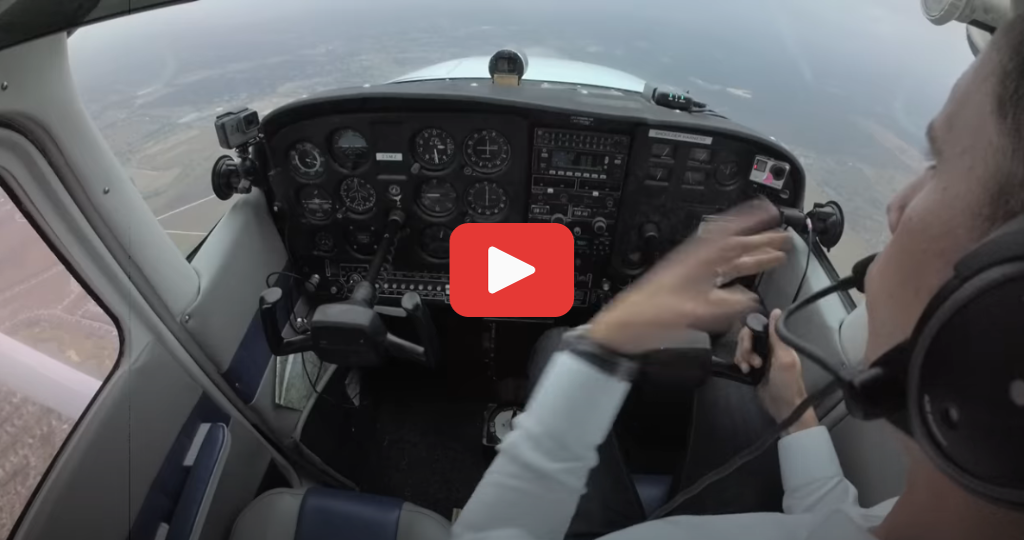 We recommend checking out MzeroA's Flight Training YouTube video on Slow Flight.
We recommend checking out MzeroA's Flight Training YouTube video on Slow Flight.
Keep the learning going with more aviation guides:
Our guides are designed to help student pilots become professional pilots and for private pilots to brush up on their knowledge and skills.
Did you find this article helpful?
Do you think we missed anything important? Let us know in the comments below!




